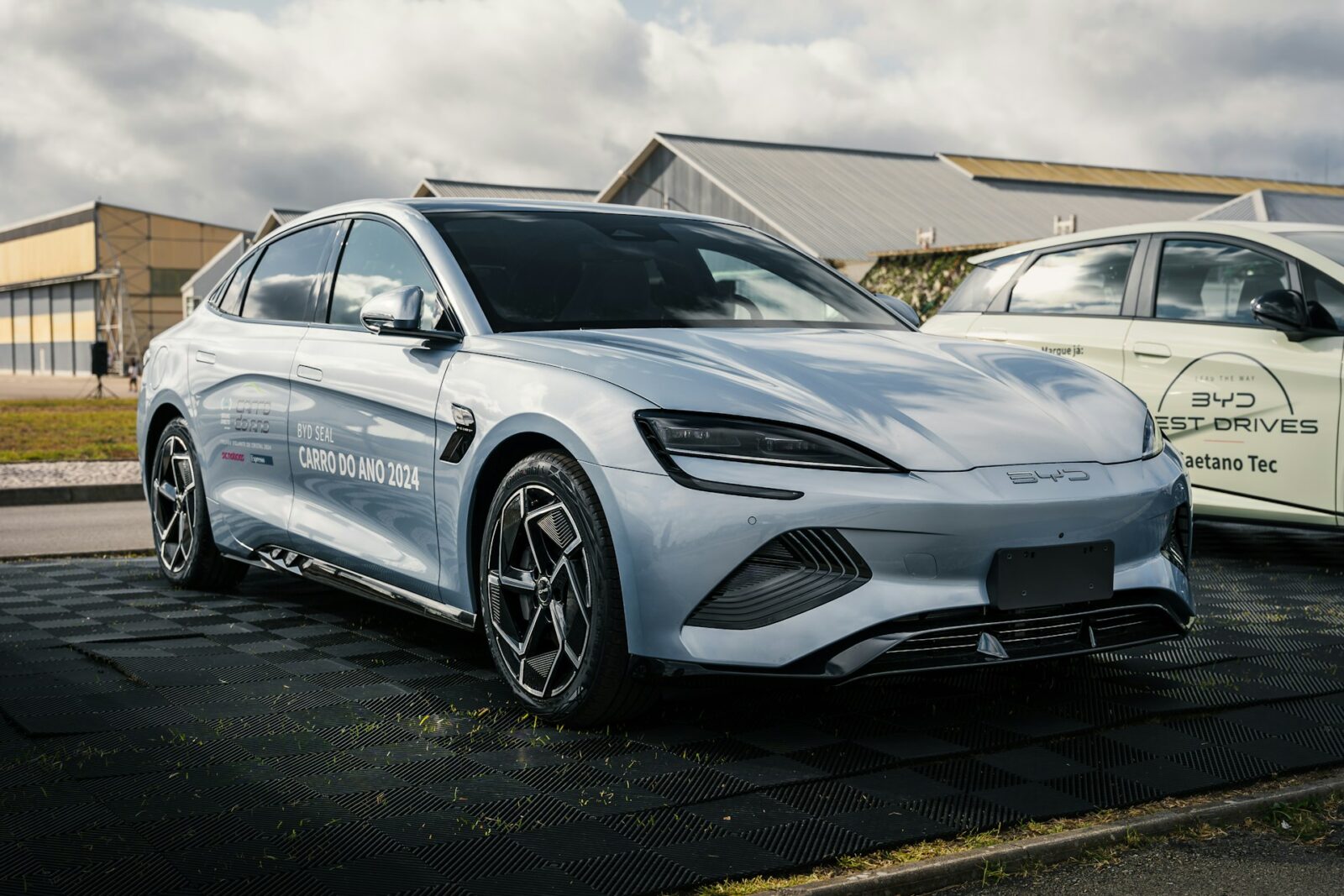China’s electric vehicle (EV) sector, once celebrated as the backbone of the global clean-energy transition, is now mired in turmoil. While leaders like BYD continue to expand worldwide, countless smaller brands are collapsing under the weight of relentless price wars, excessive capacity, and shrinking margins. The downfall of Ji Yue, a joint venture between Baidu and Geely, is the latest reminder of how brutal competition has reshaped China’s auto industry—turning opportunity into crisis for many businesses, suppliers, and investors.
The Rise and Fall of Ji Yue: A Cautionary Tale
- Founded in 2021 with backing from Baidu and Geely, Ji Yue was hailed as a rising star in China’s EV market.
- By 2024, its growing sales and corporate support attracted suppliers and marketing partners.
- Within just six months, liquidity issues forced Ji Yue to restructure, leaving partners—including ad agency head Li Hongxing—with millions in unpaid bills.
Ji Yue’s collapse reflects a deeper structural problem: an overcrowded market where hundreds of automakers battle for survival in an environment defined by razor-thin margins and cutthroat competition.
How China’s EV Boom Became a Bloodbath
China’s EV sector has been fueled for years by generous subsidies, tax incentives, and government-backed financing. This led to:
- Nearly 500 EV brands by 2019.
- Record-breaking exports of almost 6 million cars in 2024, surpassing every other country.
- The rise of global leaders like BYD, Geely, and Chery.
But growth also created severe overcapacity. With more supply than demand, automakers slashed prices, eroding profitability across the board.
The Brutal Reality of Price Wars
- Profit squeeze: Average profit margins fell from 8% in 2017 to just 4.3% in 2024, according to the China Passenger Car Association.
- Supplier strain: Automakers demand steep annual discounts of 10% or more from suppliers, while delaying payments for months.
- Declining quality: To survive, suppliers cut wages, pushed overtime, and lowered material standards—reducing overall component quality.
- Survival mode: Many brands run at a loss, relying heavily on industrial funds or venture capital just to stay afloat.
One supplier in Wuhan reported slashing prices by over 40% just to remain competitive, even at the cost of staff pay cuts and reduced quality.
‘Involution’ and Government Crackdowns
Chinese officials describe the ongoing crisis as “involution”—competition so fierce it yields diminishing returns. In response, Beijing has introduced new policies to curb destructive practices:
- Banning extreme price cuts in new model launches.
- Requiring automakers to pay suppliers within 60 days.
- Scaling back subsidies to reduce overcapacity.
- Guidelines urging local governments to stop propping up weak players.
However, analysts argue these measures only scratch the surface. Many automakers continue stealth competition, launching lower-priced models or adding features while keeping prices flat.
Why Overcapacity Is So Hard to Solve
China’s auto industry employs over 4.8 million people. Any aggressive downsizing risks massive job losses—something Beijing is desperate to avoid amid economic slowdowns and deflationary pressure.
As a result, policymakers face a dilemma:
- Cut excess capacity to restore profitability.
- Or maintain subsidies and support to avoid social instability.
Experts believe structural reform—not just administrative measures—is required to balance growth with sustainability.
Global Consequences of China’s EV Surge
While many domestic automakers struggle, China’s global push is accelerating:
- BYD and Chery are rapidly expanding in Europe and Latin America.
- China has become the largest auto exporter in the world, surpassing Japan and Germany.
- Rising exports have triggered tariffs and trade restrictions from the EU, Mexico, and Canada.
This global push, combined with domestic oversupply, has raised geopolitical concerns about China’s dominance in clean-energy manufacturing.
Knockout Rounds: Who Will Survive?
Industry insiders predict a prolonged “knockout round” that could last at least five years. Xpeng CEO He Xiaopeng recently stated:
“There will likely be only five Chinese EV makers left standing.”
That means dozens, if not hundreds, of smaller players are destined to disappear—leaving the market to a handful of dominant leaders.
The Road Ahead for China’s EV Industry
China’s EV story is one of both triumph and turmoil. On the one hand, it has produced world-class companies like BYD that are reshaping global mobility. On the other, overcapacity, price wars, and collapsing startups reveal the fragility beneath the surface.
For investors and suppliers, the landscape remains risky, with intense volatility expected in the years ahead. However, for the survivors, consolidation could create stronger, leaner champions capable of dominating global markets.
In short, China’s EV boom is entering its most brutal phase yet—and the companies that endure will define the future of electric mobility worldwide.
Reference : John Liu and Haicen Yang, CNN







Leave a Reply